I'm trying to get started making logic circuits but I'm not making much progress even with the most basic. I have a SN7408 which is an AND gate however it doesn't matter what I put over the inputs (1A and 1B) I get continuity from Vcc to 1Y which is rather irksome.
I have been playing around with a few USB power sources 5v from a 230v mains adapter. 5v from my macbook and 5v from a recently purchased phone powerbank.
I'm guessing I'm burning out the chips. How can I stop doing that?
Any help gratefully appreciated!
Cheers,
Andrew -

